On the afternoon of January 9, the Ho Chi Minh City Party Committee held a conference to review 10 years of implementing Resolution 29 of the 11th Party Central Committee on fundamental and comprehensive innovation of education and training, meeting the requirements of industrialization and modernization in the context of a socialist-oriented market economy and international integration.
Speaking at the conference, Politburo member and Secretary of the Ho Chi Minh City Party Committee Nguyen Van Nen said that after Resolution 29 was issued, the People's Committee, People's Council and education sector of the city have implemented many programs, plans, directives, resolutions and decisions to concretize this resolution.
Ho Chi Minh City devotes large resources to education and training, including many bright spots such as issuing specific mechanisms and policies for preschool teachers and staff.
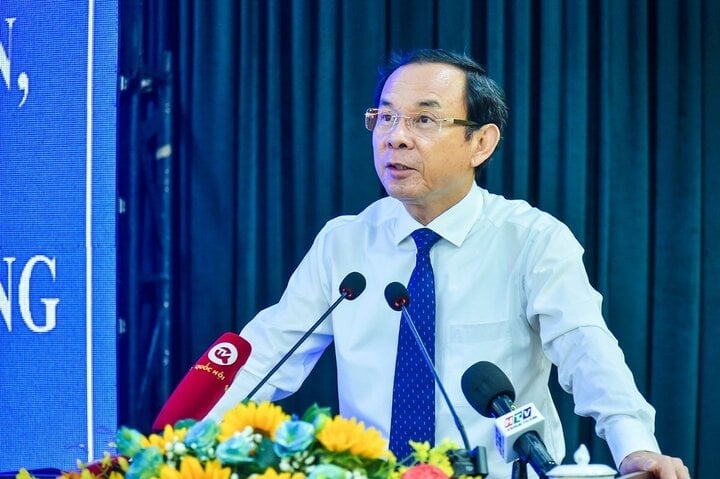
Politburo member and Secretary of the Ho Chi Minh City Party Committee Nguyen Van Nen speaks at the conference. (Photo: Huu Long)
In addition, Secretary Nguyen Van Nen identified the limitations of the education sector that need to be addressed: “Looking back over the past 10 years, we can see that communication work still has many limitations because after 10 years of implementing a comprehensive and fundamental reform of education and training, the widespread dissemination has not been on the same level, and the people have not yet understood. The transformation has not been as we expected.”
He cited that on social networks, many people still blame, are sad, and still view the education sector from a negative perspective, not in line with the leadership direction.
According to the Secretary of Ho Chi Minh City, the reason is that people do not fully understand the determination and efforts of the State in education. Many people criticize the Vietnamese education sector for being slow to develop, teaching and learning only chasing after achievements.
"It is true that there are limitations here and there, we must always strive, we cannot solve them all at once. But we have a policy, and are gradually transforming our entire system fundamentally, comprehensively," Secretary Nguyen Van Nen emphasized.
The Secretary of the City Party Committee also requested that after the summary, the leaders of the Ho Chi Minh City Education sector must find ways to strengthen communication so that people know, discuss, participate in implementation, inspection, and supervision according to the set guidelines.
Along with that, the Ho Chi Minh City Education sector must mobilize the strength of the whole society to care for education, promote socialization, and maximize the special policies of Resolution 98 to develop the city's education and training.
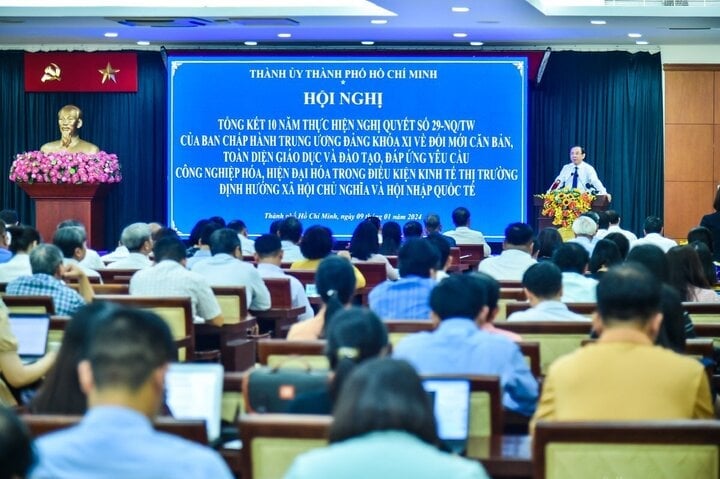
Improving facilities, salary and bonus regimes to attract high-quality human resources and serve education is still a concern of city leaders.
According to the report of the Ho Chi Minh City Party Committee, in the annual national high school graduation exam, Ho Chi Minh City has an average score in the top 10 nationwide and has been at the top of the competition block of 5 centrally-run cities for many consecutive years.
In English, Ho Chi Minh City has the highest results in the country. In Mathematics and Literature, it is also among the leading localities in implementing the innovation according to Resolution No. 29.
During the period from 2013 to 2023, the ratio of budget expenditure for the education and training sector compared to the total budget expenditure of Ho Chi Minh City fluctuates from 20% to 31% annually, averaging about 24%, ensuring a minimum expenditure ratio of 20% compared to the set target.
During the period from 2013 to 2022, Ho Chi Minh City completed and put into use 10,000 classrooms, meeting the learning needs of students.
Trinh Trang
Source













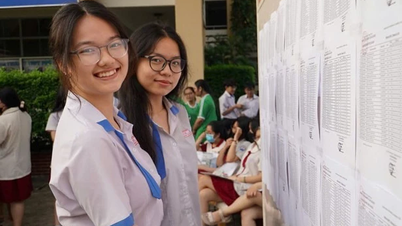





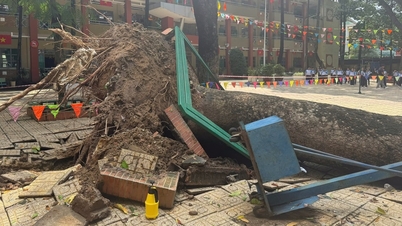



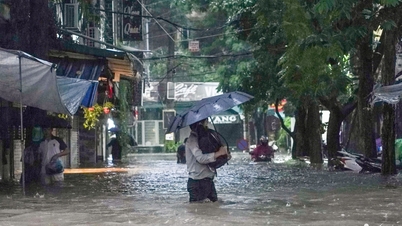

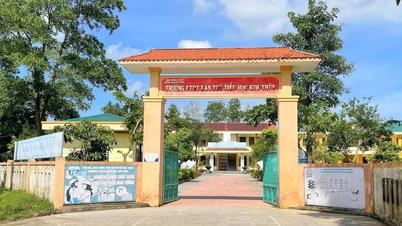
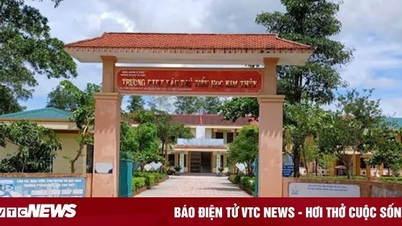
















































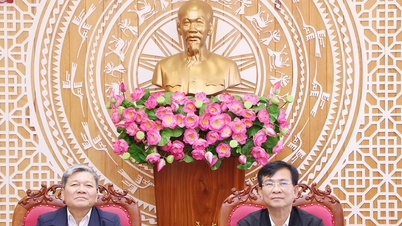

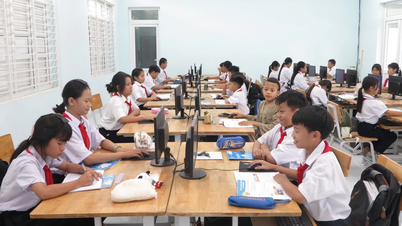







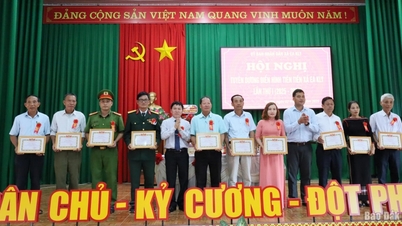












Comment (0)